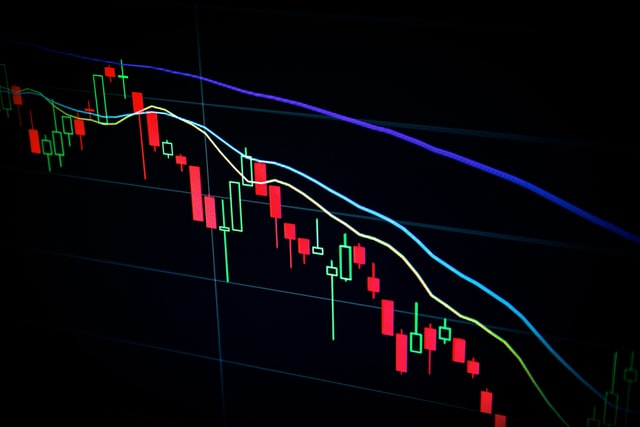Active traders and investment managers frequently use asset allocation methods to beat the wider market while avoiding negative risk. As their many assets to pick from, the number of methodologies used to determine which sectors to buy and their relative weightings is much greater. This article will look at a specialized exchange-traded fund (ETF) that uses a sector rotation strategy to see where traders are likely to put their money in the next days and weeks.
ETF SPDR SSGA US Sector Rotation SPDR SSGA US Sector Rotation SPDR SSGA US Sector Rotation (XLSR)
According to the SPDR SSGA US Sector Rotation ETF (XLSR) chart, active traders who use sector rotation as the foundation of their strategy may be well-positioned to profit from a long-term move upward.
The bullish crossing between the 50-day and 200-day moving averages (indicated by the blue circle) will likely be seen by technical analysts as a hint that the next leg of a big uptrend is just getting started. Depending on risk tolerance and perspective, many traders would likely attempt to begin a position as close to present levels as feasible and put stop-loss orders below one of the depicted support levels.
Technology
The significance of technology in today’s society has never been more obvious since much of the landscape of work and pleasure has become digital. Technology has been the top area of interest for most active traders in recent months, and it is also the sector with the biggest weighting in the XLSR ETF. Many traders will likely look to ETFs like the Technology Select Sector SPDR Fund (XLK) for clues on where prices may go in the coming weeks.
As you can see in the chart below, the price has lately eclipsed the February 2020 highs, indicating that the bulls are in charge of the momentum and that prices may be positioned to rise higher. Depending on risk tolerance and outlook, stop-loss orders will be placed below one of the dotted trendlines, the 50-day moving average, or the 200-day moving average.
As indicated by the chart of the Consumer Discretionary Select Sector SPDR Fund, companies that gain from the expenditure of discretionary income appear to be of particular interest to traders in today’s market (XLY). Active traders should note that the 50-day moving average has crossed above the 200-day moving average (seen in blue), which technical analysts typically use to signal the start of a long-term rally.
The bullish crossing, paired with recent price activity around the dotted trendline, indicates that the bulls control the momentum. In a rapid shift in market sentiment, stop-loss orders will most likely be set below the trendline, 50-day moving average or 200-day moving average.
Bottom Line Traders who aren’t sure where to put their money could benefit from looking into sector rotation tactics. According to the XLSR chart, prices look to be on the verge of making a long-term upward trend, with technology and consumer discretionary sectors leading the way.
Casey Murphy had no position in any of the assets mentioned in writing.




